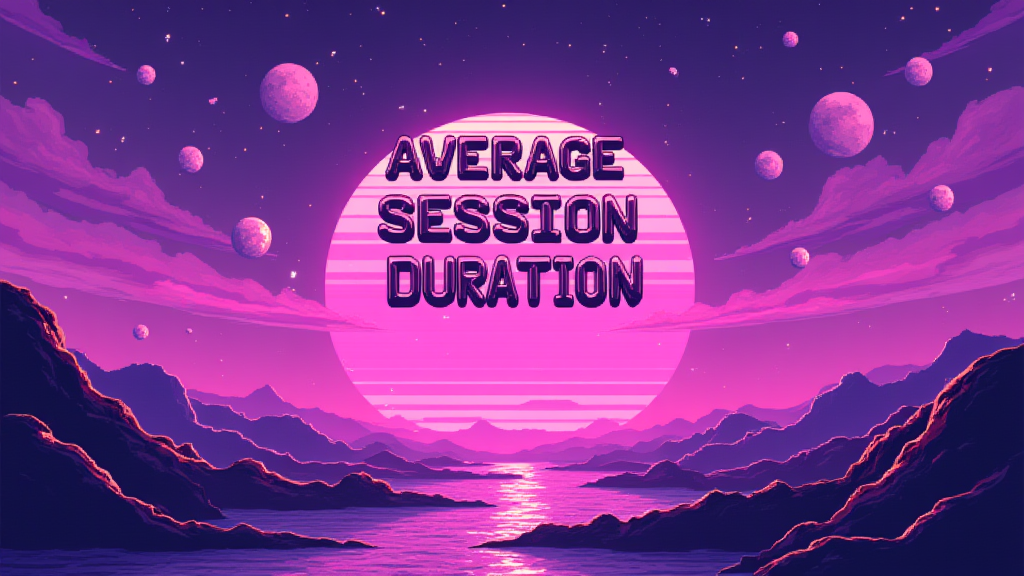Average Session Duration: Key Metric Explained

Published on: October 01, 2024
Average Session Duration is a crucial metric in web analytics that measures the average length of time users spend on a website during a single session. This valuable insight helps businesses understand user engagement and the effectiveness of their online content.
Understanding Average Session Duration 🕒
Average Session Duration is calculated by dividing the total duration of all sessions by the number of sessions. It provides a snapshot of how long users typically interact with your website before leaving or becoming inactive.
The formula for Average Session Duration is:
\[ \text{Average Session Duration} = \frac{\text{Total Session Duration}}{\text{Total Number of Sessions}} \]
Importance in Sales and Marketing Operations
For Sales and Marketing teams, Average Session Duration is a key indicator of:
- Content Quality: Longer sessions often suggest engaging and valuable content.
- User Experience: It can reflect how easy it is for users to navigate and find information.
- Conversion Potential: Generally, longer sessions correlate with higher chances of conversion.
Average Session Duration in Google Analytics 4 (GA4) 📊
GA4 has introduced changes in how Average Session Duration is calculated and reported. Unlike Universal Analytics, GA4 focuses more on user engagement and provides a more accurate representation of user behavior.
GA4 vs Universal Analytics
| Aspect | GA4 | Universal Analytics |
|---|---|---|
| Calculation Method | Based on actual user engagement | Based on time between pageviews |
| Accuracy | More accurate | Less accurate for single-page sessions |
| Related Metrics | Average Engagement Time | Time on Page |
Benchmarks and Best Practices 🎯
While a "good" Average Session Duration varies by industry and website type, generally:
- 2-3 minutes is considered average
- 3-5 minutes indicates good engagement
- 5+ minutes suggests excellent engagement
To improve Average Session Duration:
- Create high-quality, relevant content
- Optimize website navigation and user experience
- Use internal linking to encourage further exploration
- Implement engaging multimedia elements
- Ensure fast loading times across all devices
Common Misconceptions 🚫
Misconception: Longer is always better.
Reality: While generally positive, extremely long durations might indicate navigation issues or confusion.
Misconception: It's the same as Time on Page.
Reality: Average Session Duration encompasses the entire session, while Time on Page is specific to individual pages.
Implementing in Your Sales and Marketing Stack 🛠️
To effectively use Average Session Duration in your operations:
- Integrate it with other engagement metrics for a comprehensive view
- Segment data by user type, source, or device for deeper insights
- Use it to inform content strategy and UX improvements
- Set realistic goals based on your industry and website type
As you consider implementing Average Session Duration in your strategy, ask yourself:
- How does our current Average Session Duration compare to industry benchmarks?
- Which pages or content types have the highest and lowest durations?
- How can we use this metric to improve our sales funnel and conversion rates?
- What changes in our content or UX could potentially increase session duration?
By carefully analyzing and acting on Average Session Duration data, you can enhance user engagement, improve content strategy, and ultimately drive better business outcomes in your Sales and Marketing operations.

















